- Joined
- 18 May 2019
- Messages
- 640
- Reaction score
- 1,673
Last edited:
I sure it was AIM-120
Given the low difficulty engagement geometry in broad daylight, perhaps a gun kill should be attempted.Expensive ? Well there is nothing cheap against low RCS, low flying targets. It also have to be weighed on the potential damage those drones or cruise missile can cause to its target.
Border radars could be attacked directly though, one would need fairly dense SHORAD and other defense coverage. Building a "great wall of AD" across significant distances is probably more expensive than planes that can coverage huge areas each.possibly the more optimal solution in the long term using a radar line on border
network of small radars like AN/MPQ-64 and Giraffe
I think you are right, taking into account the line-of-sight factor and the uncertainty bearing of the target in radar shadowsBorder radars could be attacked directly though, one would need fairly dense SHORAD and other defense coverage. Building a "great wall of AD" across significant distances is probably more expensive than planes that can coverage huge areas each.
To share the other discussion:
US looking for aerostat air-defence radars for Saudi Arabia
The US Air Force Life Cycle Management Center (AFLCMC) has released a request for information (RFI) for radars that are carried by aerostats to increase their ability to...www.janes.com
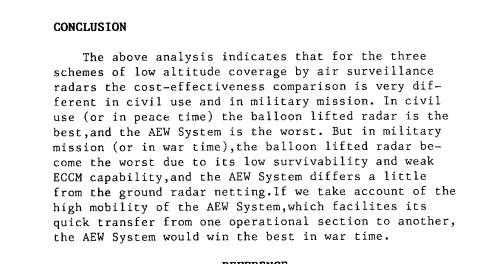
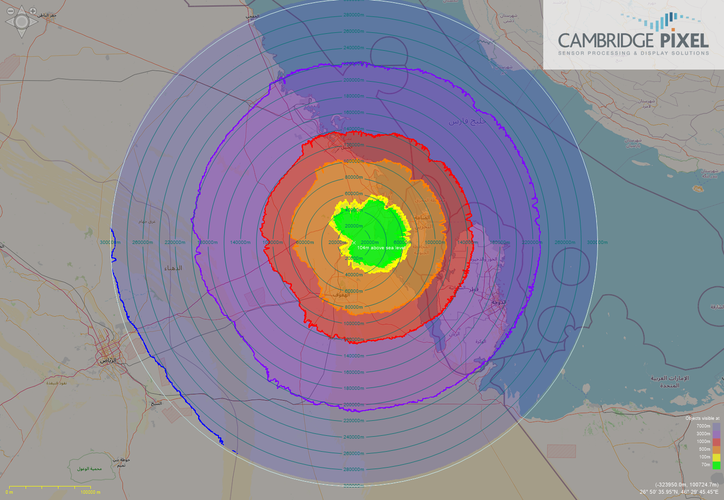
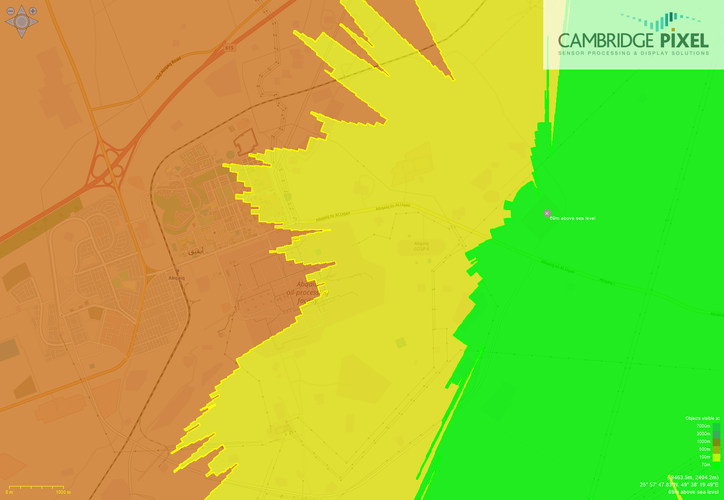
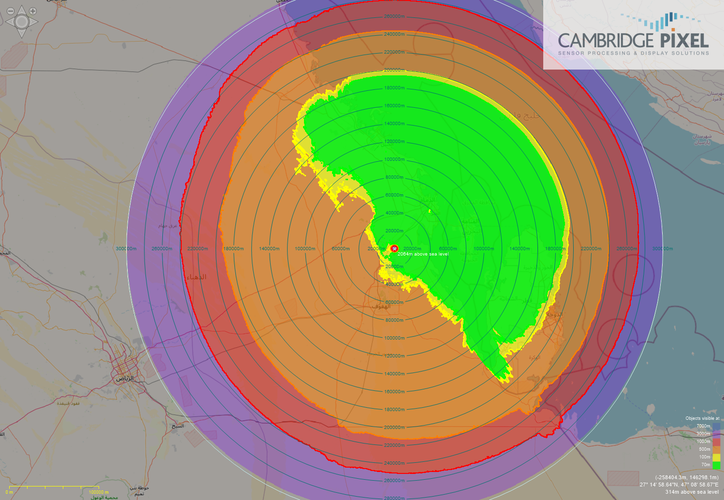
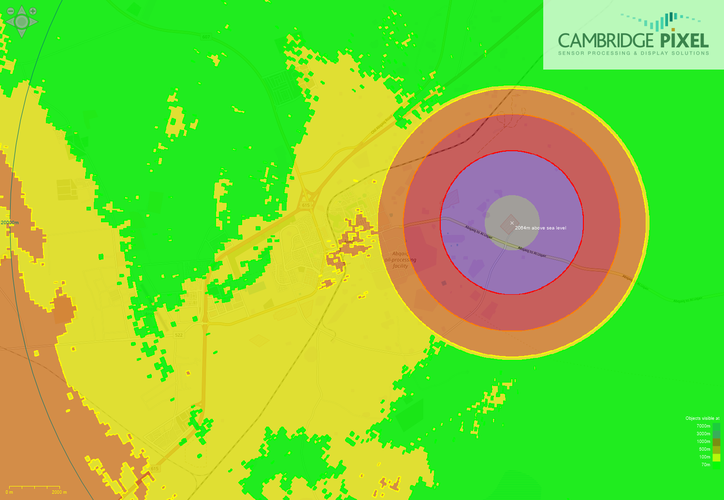
Additionally, most of the KSA is empty space with tight clusters of point targets. An airborne defense with a tight point defenses makes more sense. However KSA AD doesn't have a good anti drone point defense system. They would probably benefit from something like M-SHORAD.I think you are right, taking into account the line-of-sight factor and the uncertainty bearing of the target in radar shadowsBorder radars could be attacked directly though, one would need fairly dense SHORAD and other defense coverage. Building a "great wall of AD" across significant distances is probably more expensive than planes that can coverage huge areas each.
If only lawmakers in the West though that way....Expensive ? Well there is nothing cheap against low RCS, low flying targets. It also have to be weighed on the potential damage those drones or cruise missile can cause to its target.


Or a .50 cal and a radar/optical system. Just need a few more. But you would have redundancy.If cost really does matter. Lasers seems to have clear edge in cost per shot and target handling capability.
The following is my simple estimates on hypothetical laser weapon a solid state type, with 1.2 MW capability. It has 40 cm mirror telescope. and 10 Km range. It is relatively big... 2.4 metric tonne for the laser head and 2.67 Metric tonne for the required generator. I havent touch on cooling yet but it definitely needs some extreme cooling capability. Assuming 90% of heat removal it would need 1 MW of cooling capacity. The cooling equipment weight can be estimated by converting that 1 MW to KW so it would be 1000 KW and multiply it with 1.36. Thus the cooling system would be 1.36 Metric tonne.
This kind of laser can handle Aircraft with assumed hardness of 25 kJ/sqcm. In 1 second of engagement time. Thus If there is a drone or aircraft or cruise missile move at Mach 0.9. The system can handle 33 of them. With fuel requirements of about 1.72 US Gallon. of 6 liters. Costing about 6.9 USD or 2 Cents per targets.
I wonder what else can be cheaper than that.
The system can cost several millions of dollars maybe... perhaps as costly as modern SAM battery. But if one actually cares about cost per shot... 2 cents for every targets downed.. is a real bargain.
for addition.. Slower drones essentially improves matter.. the second example is drone at mach 0.1 or some 100 Knots. The hypothetical laser system can handle 196 of them. same cost per target. It needs more fuel but 39 liters is perhaps not a big deal.
Or a .50 cal and a radar/optical system. Just need a few more. But you would have redundancy.If cost really does matter. Lasers seems to have clear edge in cost per shot and target handling capability.
The following is my simple estimates on hypothetical laser weapon a solid state type, with 1.2 MW capability. It has 40 cm mirror telescope. and 10 Km range. It is relatively big... 2.4 metric tonne for the laser head and 2.67 Metric tonne for the required generator. I havent touch on cooling yet but it definitely needs some extreme cooling capability. Assuming 90% of heat removal it would need 1 MW of cooling capacity. The cooling equipment weight can be estimated by converting that 1 MW to KW so it would be 1000 KW and multiply it with 1.36. Thus the cooling system would be 1.36 Metric tonne.
This kind of laser can handle Aircraft with assumed hardness of 25 kJ/sqcm. In 1 second of engagement time. Thus If there is a drone or aircraft or cruise missile move at Mach 0.9. The system can handle 33 of them. With fuel requirements of about 1.72 US Gallon. of 6 liters. Costing about 6.9 USD or 2 Cents per targets.
I wonder what else can be cheaper than that.
The system can cost several millions of dollars maybe... perhaps as costly as modern SAM battery. But if one actually cares about cost per shot... 2 cents for every targets downed.. is a real bargain.
for addition.. Slower drones essentially improves matter.. the second example is drone at mach 0.1 or some 100 Knots. The hypothetical laser system can handle 196 of them. same cost per target. It needs more fuel but 39 liters is perhaps not a big deal.
Both options are valid, US/China maybe Europe could afford the laser, meanwhile Iran or South africa will wheel out the .50 or god forbid the old 14.5mmOr a .50 cal and a radar/optical system. Just need a few more. But you would have redundancy.If cost really does matter. Lasers seems to have clear edge in cost per shot and target handling capability.
The following is my simple estimates on hypothetical laser weapon a solid state type, with 1.2 MW capability. It has 40 cm mirror telescope. and 10 Km range. It is relatively big... 2.4 metric tonne for the laser head and 2.67 Metric tonne for the required generator. I havent touch on cooling yet but it definitely needs some extreme cooling capability. Assuming 90% of heat removal it would need 1 MW of cooling capacity. The cooling equipment weight can be estimated by converting that 1 MW to KW so it would be 1000 KW and multiply it with 1.36. Thus the cooling system would be 1.36 Metric tonne.
This kind of laser can handle Aircraft with assumed hardness of 25 kJ/sqcm. In 1 second of engagement time. Thus If there is a drone or aircraft or cruise missile move at Mach 0.9. The system can handle 33 of them. With fuel requirements of about 1.72 US Gallon. of 6 liters. Costing about 6.9 USD or 2 Cents per targets.
I wonder what else can be cheaper than that.
The system can cost several millions of dollars maybe... perhaps as costly as modern SAM battery. But if one actually cares about cost per shot... 2 cents for every targets downed.. is a real bargain.
for addition.. Slower drones essentially improves matter.. the second example is drone at mach 0.1 or some 100 Knots. The hypothetical laser system can handle 196 of them. same cost per target. It needs more fuel but 39 liters is perhaps not a big deal.
With about 1 km effective range.. you would need 33 of them to handle the same amount of targets the laser can handle. So the cost will have to be weighed based on how many targets you expect to come. Unlike laser, bullets have limited speed and well... that would means a burst is likely needed and burst can take time. Laser ? 1 second and it's pinpoint, with little to no diffraction. Plus it's deep magazine.
Both options are valid, US/China maybe Europe could afford the laser, meanwhile Iran or South africa will wheel out the .50 or god forbid the old 14.5mmOr a .50 cal and a radar/optical system. Just need a few more. But you would have redundancy.If cost really does matter. Lasers seems to have clear edge in cost per shot and target handling capability.
The following is my simple estimates on hypothetical laser weapon a solid state type, with 1.2 MW capability. It has 40 cm mirror telescope. and 10 Km range. It is relatively big... 2.4 metric tonne for the laser head and 2.67 Metric tonne for the required generator. I havent touch on cooling yet but it definitely needs some extreme cooling capability. Assuming 90% of heat removal it would need 1 MW of cooling capacity. The cooling equipment weight can be estimated by converting that 1 MW to KW so it would be 1000 KW and multiply it with 1.36. Thus the cooling system would be 1.36 Metric tonne.
This kind of laser can handle Aircraft with assumed hardness of 25 kJ/sqcm. In 1 second of engagement time. Thus If there is a drone or aircraft or cruise missile move at Mach 0.9. The system can handle 33 of them. With fuel requirements of about 1.72 US Gallon. of 6 liters. Costing about 6.9 USD or 2 Cents per targets.
I wonder what else can be cheaper than that.
The system can cost several millions of dollars maybe... perhaps as costly as modern SAM battery. But if one actually cares about cost per shot... 2 cents for every targets downed.. is a real bargain.
for addition.. Slower drones essentially improves matter.. the second example is drone at mach 0.1 or some 100 Knots. The hypothetical laser system can handle 196 of them. same cost per target. It needs more fuel but 39 liters is perhaps not a big deal.
With about 1 km effective range.. you would need 33 of them to handle the same amount of targets the laser can handle. So the cost will have to be weighed based on how many targets you expect to come. Unlike laser, bullets have limited speed and well... that would means a burst is likely needed and burst can take time. Laser ? 1 second and it's pinpoint, with little to no diffraction. Plus it's deep magazine.
I think a .50 would be effective against a drone at more than 1km?
Laser? 20 million?
.50 with radar etc - the gun would be what 5K? Radar 20K?
Are you a laser salesman?Both options are valid, US/China maybe Europe could afford the laser, meanwhile Iran or South africa will wheel out the .50 or god forbid the old 14.5mmOr a .50 cal and a radar/optical system. Just need a few more. But you would have redundancy.If cost really does matter. Lasers seems to have clear edge in cost per shot and target handling capability.
The following is my simple estimates on hypothetical laser weapon a solid state type, with 1.2 MW capability. It has 40 cm mirror telescope. and 10 Km range. It is relatively big... 2.4 metric tonne for the laser head and 2.67 Metric tonne for the required generator. I havent touch on cooling yet but it definitely needs some extreme cooling capability. Assuming 90% of heat removal it would need 1 MW of cooling capacity. The cooling equipment weight can be estimated by converting that 1 MW to KW so it would be 1000 KW and multiply it with 1.36. Thus the cooling system would be 1.36 Metric tonne.
This kind of laser can handle Aircraft with assumed hardness of 25 kJ/sqcm. In 1 second of engagement time. Thus If there is a drone or aircraft or cruise missile move at Mach 0.9. The system can handle 33 of them. With fuel requirements of about 1.72 US Gallon. of 6 liters. Costing about 6.9 USD or 2 Cents per targets.
I wonder what else can be cheaper than that.
The system can cost several millions of dollars maybe... perhaps as costly as modern SAM battery. But if one actually cares about cost per shot... 2 cents for every targets downed.. is a real bargain.
for addition.. Slower drones essentially improves matter.. the second example is drone at mach 0.1 or some 100 Knots. The hypothetical laser system can handle 196 of them. same cost per target. It needs more fuel but 39 liters is perhaps not a big deal.
With about 1 km effective range.. you would need 33 of them to handle the same amount of targets the laser can handle. So the cost will have to be weighed based on how many targets you expect to come. Unlike laser, bullets have limited speed and well... that would means a burst is likely needed and burst can take time. Laser ? 1 second and it's pinpoint, with little to no diffraction. Plus it's deep magazine.
I think a .50 would be effective against a drone at more than 1km?
Laser? 20 million?
.50 with radar etc - the gun would be what 5K? Radar 20K?
Well, How many bullets one would expend for every drone shot down ? Like, there are reasons why countries are lend to Smart munitions with airburst capability or "smart flak" and you can guesstimate effective range of a machinegun by dividing their caliber by 10. Thus M2HB with 12.7mm caliber have effective range of 1.27 km. Ballistically it could perhaps do more but can it hit ? or how many rounds needed to hit something small or flying high.
Iran or South Africa will surely use SAM's for this kind of threat... Iran.. they dont protect their nuclear facility with just machinegun trucks with radars.. they protect it with 200 M USD S-300PMU-2. South Africa have or used to have Cheetah missile which now "re-branded" Sky knights by Halcon.
Possibly, I’m also thinking of more environmentally friendly, like nets with little parachutes,fired at them, bringing them gently down to earth.Does the advent of drones bring about the return of large AA guns? A large shell with a proximity fuse would easily take a drone down, especially with modern radar and fire control systems, not to mention that guided shells are now a possibility.
Working as part of a layered approach to counter-drone defense, MORFIUS units will be launched at hostile drones, or drone swarms, and then disable them in close proximity, with potentially a gigawatt of microwave power — or, as Lockheed put it, a million times the power of a standard 1,000-watt microwave oven.

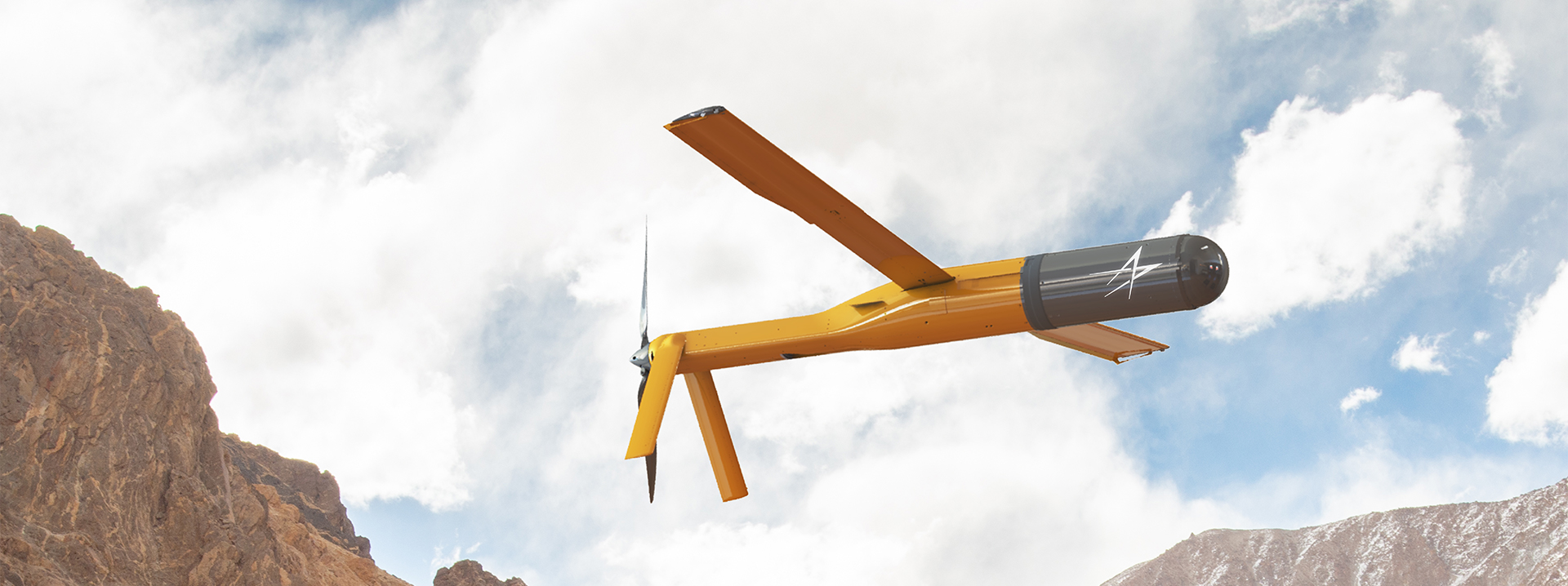
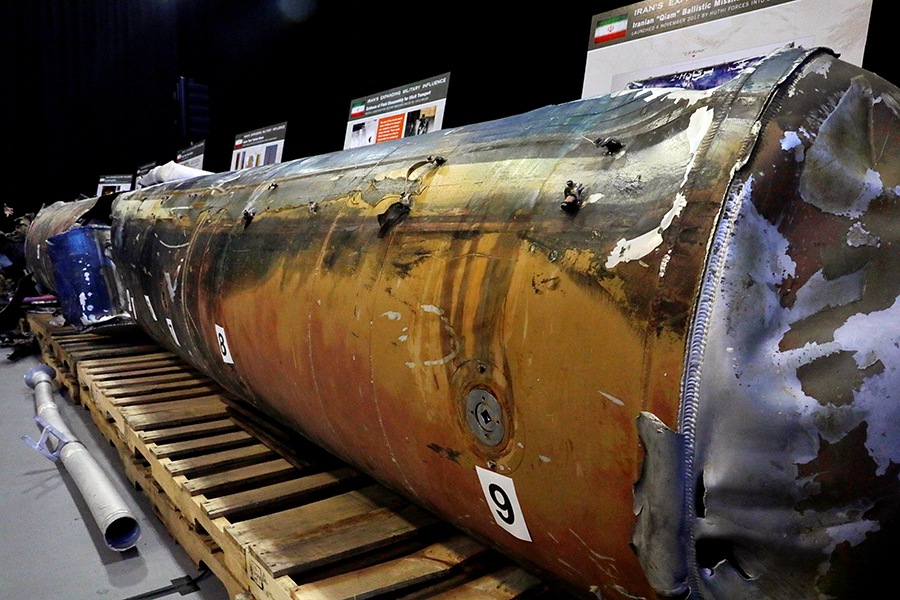
Nothing forces development like the fires of war I guess. Precision rockets combined means ground defense batteries will have a very exciting life if it is deployed in close blockade.Houthi artillery rockets have progressed from the Badr-1 (unguided), to the Badr-1P and Badr-F (guided with a claimed circular error probable of 3 meters), to new variants called Sair, Qasim, and Nakal (the Houthis claimed to use a Sair in the March 25 strike).
Use of Sammad-4 unmanned combat aerial vehicles (UCAVs). A bomb-dropping UCAV variant of the Sammad like the one shown at the exhibition...
The Quds-2 cruise missile, the Houthi name for Iran’s 430-mile-range Ya-Ali missile...
The range jump from Burkan-2H (650 miles) to Burkan-3 (900 miles) was a worrisome 38% increase. Eilat, at the southern tip of Israel, is just 1,100 miles away from certain Houthi launch areas, and the rest of Israel (along with various parts of Egypt and Jordan) are within 1,250 miles. In other words, with an additional range increase of just 20%, Houthi missiles (or Sammad drones) would be capable of striking Israel...
hmmmm no cheap way against low RCS low flying targets.This is how air defense Should be done. Fighter aircraft as the front face. This is what other mid-East Nation should do even with Allies with more modern aircraft.
The E-3 must have been involved too to give direction to the F-15's.
Expensive ? Well there is nothing cheap against low RCS, low flying targets. It also have to be weighed on the potential damage those drones or cruise missile can cause to its target.
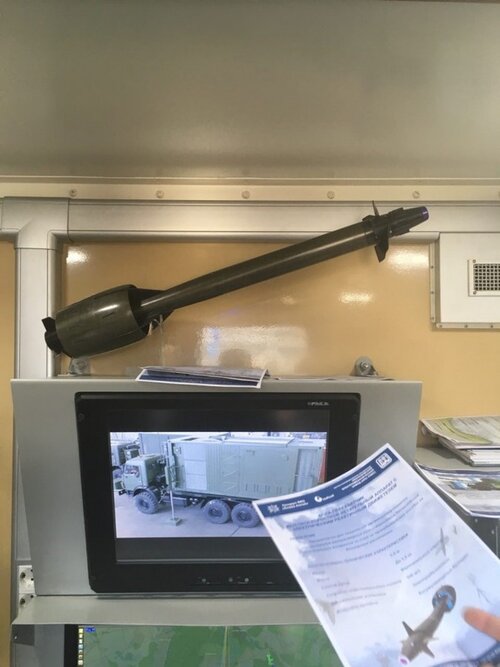
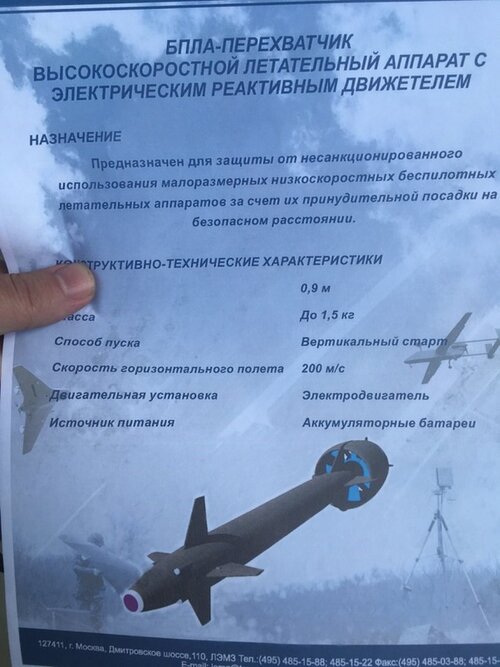
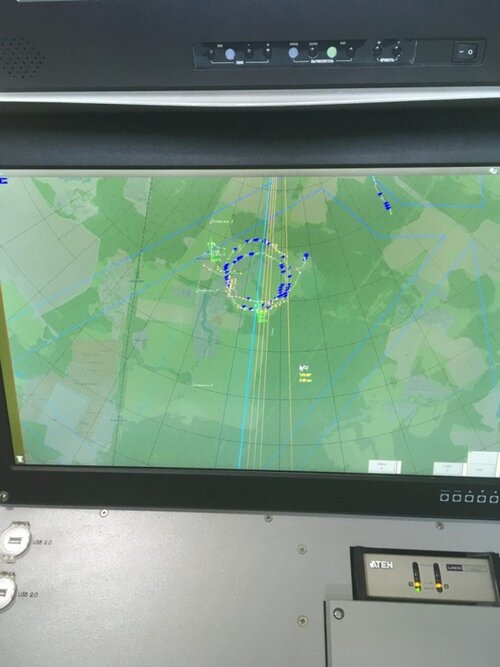
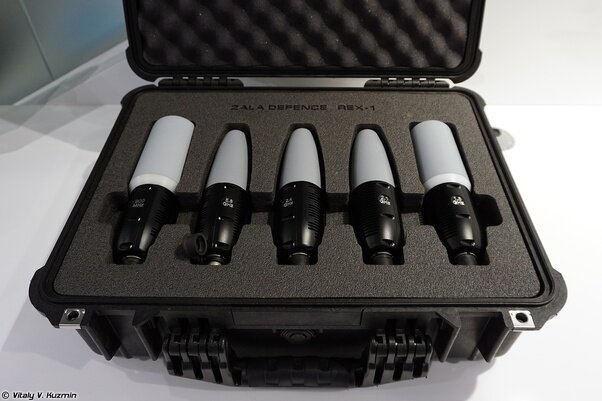
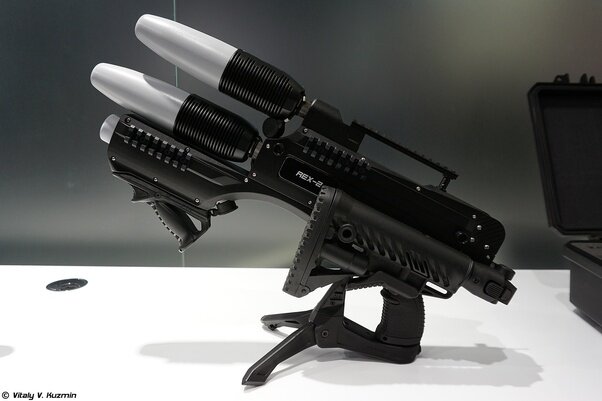
This is how air defense Should be done. Fighter aircraft as the front face. This is what other mid-East Nation should do even with Allies with more modern aircraft.
The E-3 must have been involved too to give direction to the F-15's.
Expensive ? Well there is nothing cheap against low RCS, low flying targets. It also have to be weighed on the potential damage those drones or cruise missile can cause to its target.
Re-usable electric drone and microwave guns, quad packed pantsir missiles are still undergoing testing. Rather if microwave guns and electric drones are meme magic there are other developments to lower costs https://tass.com/defense/1252147
"Тор-М2" получит недорогую малогабаритную ракету для борьбы с дронами
Зенитный ракетный комплекс "Тор-М2" получит новую ракету для борьбы с беспилотными летательными аппаратами. Уже выполняются работы по созданию относительно дешевой малогабаритной ракетыrg.ru
"The Tor-M2 anti-aircraft missile system will receive an inexpensive small-sized missile to combat unmanned aerial vehicles. The Commander-in-Chief of the Ground Forces, General of the Army Oleg Salyukov, told about this in an exclusive interview with the "RG" correspondent .
Speaking about combat and reconnaissance drones, he noted that the Tor-M2 anti-aircraft missile system is the most effective in the fight against them. But the cost of its anti-aircraft guided missiles significantly exceeds the price of small drones.
Therefore, work is currently underway to create a relatively cheap small-sized rocket for this complex. They can be used against drones."
Does the advent of drones bring about the return of large AA guns? A large shell with a proximity fuse would easily take a drone down, especially with modern radar and fire control systems, not to mention that guided shells are now a possibility.
